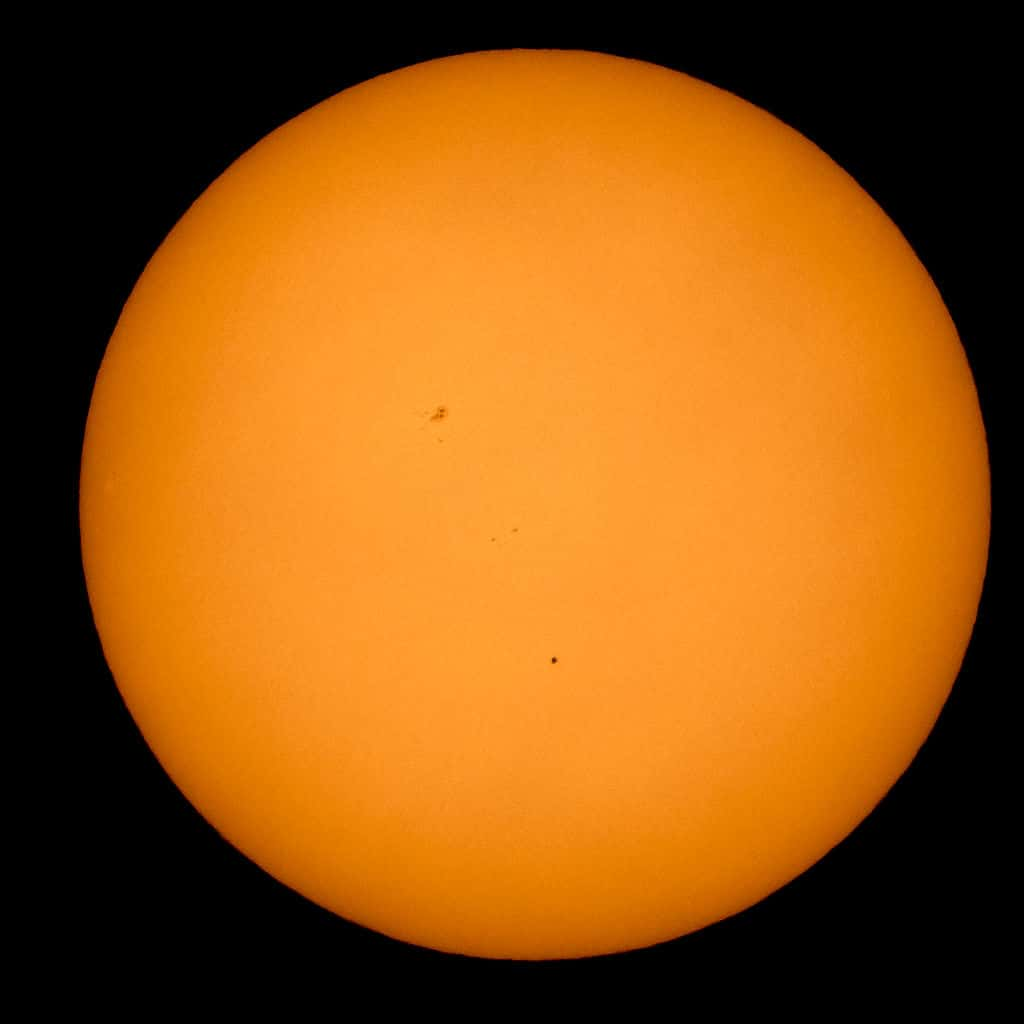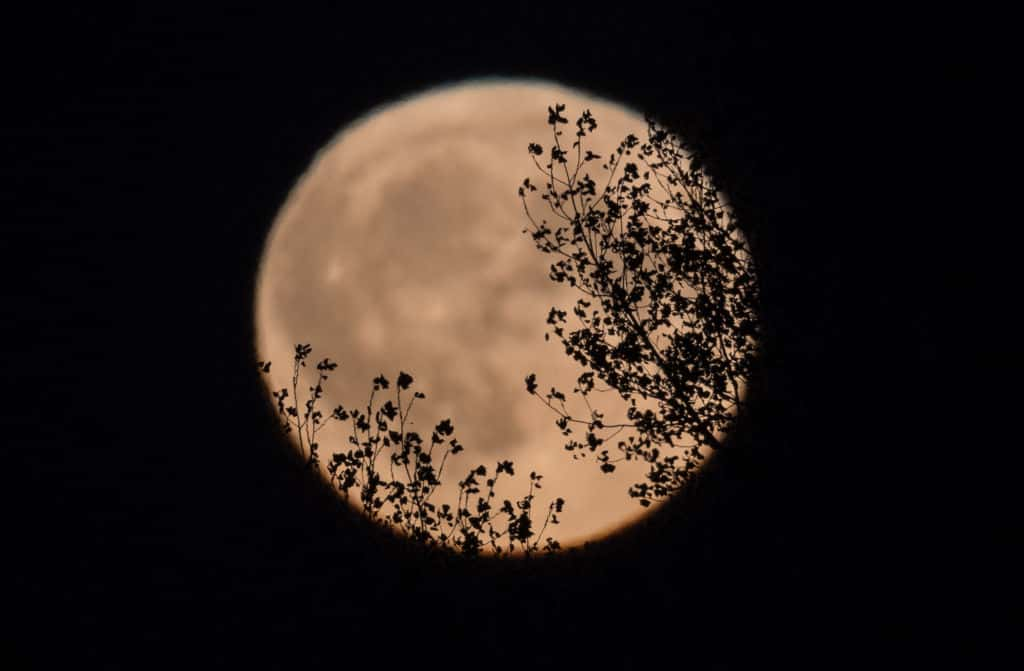Stargazing events in November: From Taurid meteor showers to spotting Mercury twice, November can be an astronomer's delight

There are many rare and amazing astronomical events in the offing each month. So, if you missed the Draconids Meteor Shower and Orionids Meteor Shower last month, fret not. November too has a lot in store for astronomy enthusiasts, so get ready to witness some of these celestial wonders next month.
Here are the top astronomy events of November 2019 to mark on your calendar:
Meteor showers

Keep an eye out for the bright Taurid fireball, which can show up anywhere in the sky. Every year, the broad stream of debris left by Comet Encke hits the Earth in the form of the Taurid meteor shower. It is expected to peak on November 11 through November 12, according to the American Meteor Society.
There's more. Just after Taurid graces the skies, watch out for another fireball named Leonids meteor shower, making its comeback again after 19 long years. The Leonids is formed from the debris left by comet Tempel-Tuttle, which was discovered in 1865. It will peak this year on the night of the 17th and the morning of the 18th.
However, according to the American Meteor Society, one may not encounter any dense clouds of debris until 2099. But there is hope. The American Meteor Society says that one can hope to witness around "15 shower members per hour" and perhaps an occasional weak outburst now until 2030. Moonlight could block the meteors this year, but if you are lucky and patient, you may be able to catch quite a few of the brightest ones. The best way of catching both the spectacles is to view them just after midnight from a dark location, far away from city lights.
Planets
If spotting a planet interests you, then you are in for a treat as Mercury can be seen twice this year. On November 11, make way for a rare sight - the planet will move directly between the Earth and the Sun. Such transits, on average, occur just 13 times per century. Those who have telescopes and good quality solar filters will be able to observe the dark disk of the planet Mercury, as it passes across the face of the Sun. Eastern United States, Central America, and South America are some of the best spots to view the planet. Make sure you mark your calendar because an event like this will not happen until 2039.

The next time you spot Mercury, it will be on November 28, as it will be seen at its highest point above the horizon. You do not have to wait until night to be able to view the planet. Look for the eastern sky just before sunrise.
If you want to watch two planets in one go, here is your chance to look at the third-brightest and fourth-brightest celestial bodies: Venus and Jupiter. On November 24, just after sunset, look for Jupiter and Venus in the western sky, both of which will be visible within 1.4 degrees of each other.
The Moon and more

If the second brightest celestial body, the Moon, excites you, then remember to witness the full moon in all its glory on November 12. It is also called Hunter's moon and Frosty moon by North Americans. According to folklore, the moon served as a signal for hunting and harvest.
In just 14 days, on November 26, is the time of the New Moon. During this period, the moon will not be visible in the sky, setting the stage for enthusiasts to observe faint objects such as galaxies and star clusters.